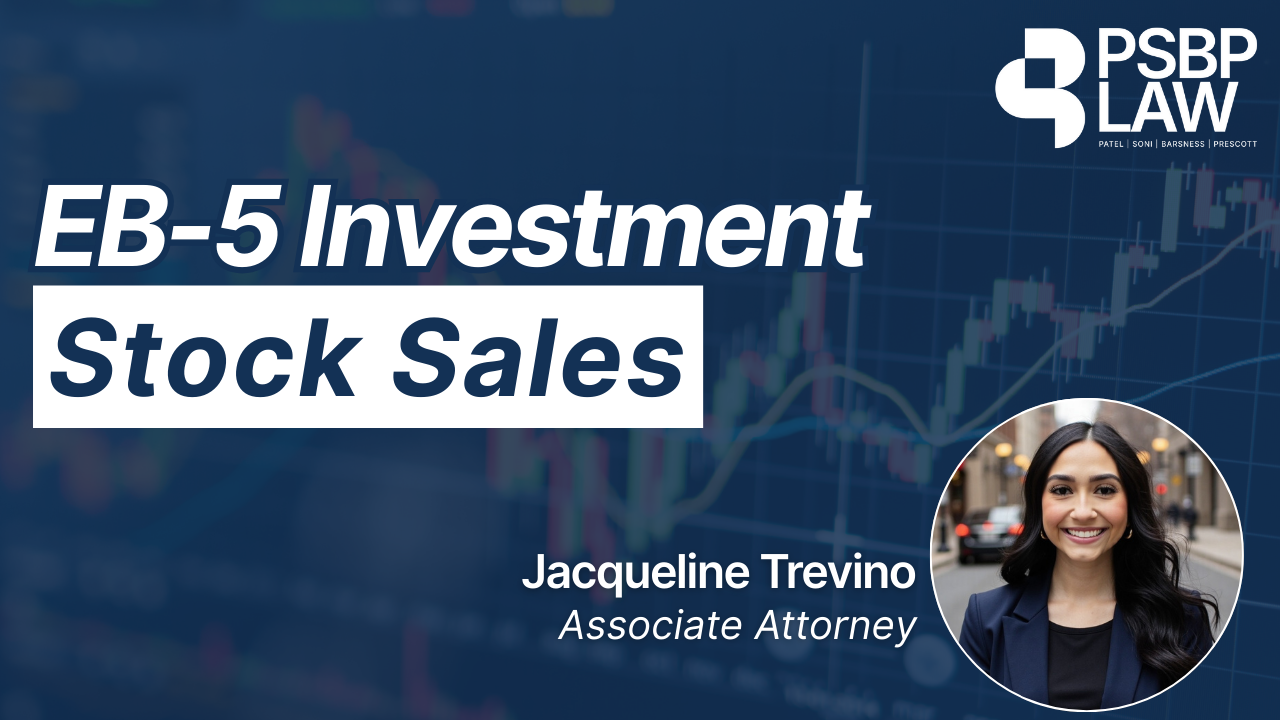Stock sales are a common source of funds for EB-5 investments. But not all stocks are the same. Understanding the differences between self-purchased and employer-issued stock (such as RSUs, stock options, or ESPP) is essential for building a strong and approvable EB-5 case.
Self-Purchased Shares:
Stocks purchased directly by the investor through a brokerage account can be more complex to document than they may seem. The key requirement is to establish the lawful source of funds used to purchase the stock. If the purchase was funded through salary deposits, the documentation may be straightforward. However, if the purchase came from proceeds of asset sales, gifts, or loans, additional documentation is required.
Investors must provide:
- Bank statements showing the accumulation and transfer of funds into the brokerage account
- Brokerage statements confirming the deposit of funds, stock purchases, and eventual stock sales
Employer-Issued Shares:
Employer-issued shares are shares granted or offered by a company to its employees as part of their compensation or benefits package. These typically fall into three common categories: Restricted Stock Units (RSUs), Stock Options, and Employee Stock Purchase Plans (ESPP).
Restricted Stock Units (RSUs)
The company grants stock units to an employee, but ownership only transfers once the RSUs vest, typically after a set time period or after meeting a performance milestone.
Required documentation: RSU award letters, vesting schedules, and monthly brokerage account statements showing the accumulation and sale of vested shares.

Stock Options
Employees receive the right (but are not obligated) to purchase company stock at a fixed price, which is often lower than market value. Ownership occurs once the employee exercises the option and purchases the stock.
Required documentation: Stock option grant letters and agreements, vesting schedules, exercise confirmations, and brokerage statements showing the acquisition and sale of shares.
Employee Stock Purchase Plan (ESPP)
An ESPP allows employees to buy company stock at a discount, usually through payroll deductions. At the end of the purchase period, the company uses the employee’s contributions to purchase shares at the discounted price. Employees may then hold or sell those shares.
Required documentation: ESPP enrollment records, payroll records confirming salary deductions, purchase confirmations, and brokerage statements showing accumulation and sales of the shares.
Whether proceeds are derived from self-purchased or employer-issued shares, EB-5 investors must provide a clear paper trail to prove the lawful source of funds. In addition to the documents outlined above, investors should always provide updated brokerage statements confirming stock sales and corresponding monthly bank statements showing the deposit of sale proceeds. This ensures USCIS can clearly trace the funds from their origin to the EB-5 investment.
If you have any questions regarding EB-5 source of funds, please email us at rpatel@psbplaw.com and jtrevino@psbplaw.com.